SUMMARY
This is AI generated summarization, which may have errors. For context, always refer to the full article.
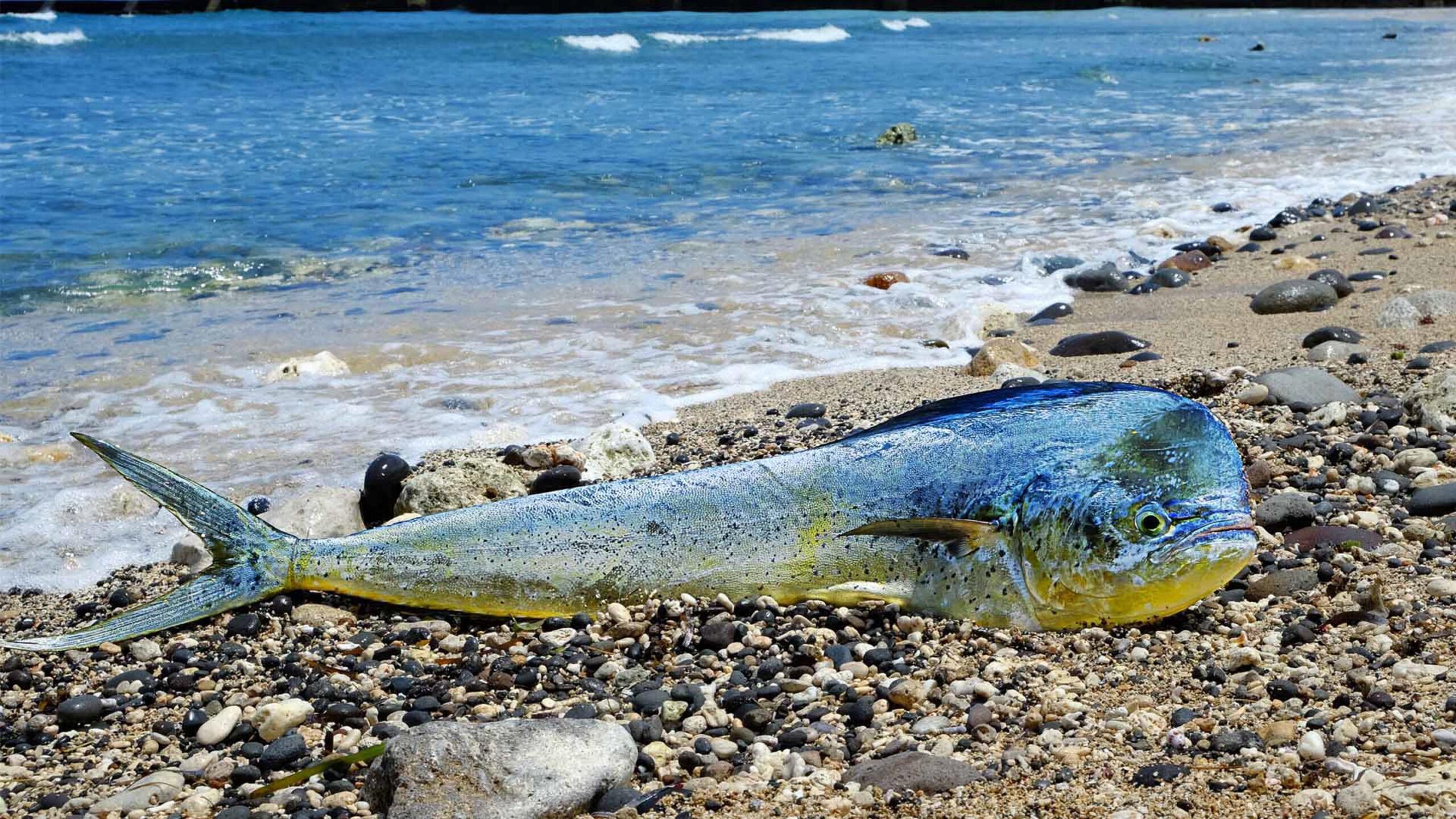
By now, the Ivatans in Batanes must be very excited to taste this year’s catch of the arayu, the prized dolphin fish that can be bought, eaten or taken out from the island strictly at the end of the fishing season. (READ: Budget guide: 5 days in Batanes)
Mahi-mahi, as its more commonly called in the Pacific, are abundant in the warm ocean currents of Batanes. It is also called “dorado” or “golden” in Spanish for its prominent golden color blending brilliantly with iridescent blue and green.
The harvesting of arayu is a sacred tradition among the fisherfolks in Diura, a small fishing village along the craggy shores of Madi Bay in the island of Batan. (READ: ATV adventures: A new way to see Batanes)
I respectfully observed their rituals for days, following them on their daily fishing routines and even out on sea. I crashed in their homes, sharing beds, meals, and stories over shots of nightcap gin.
Age-old Ivatan tradition
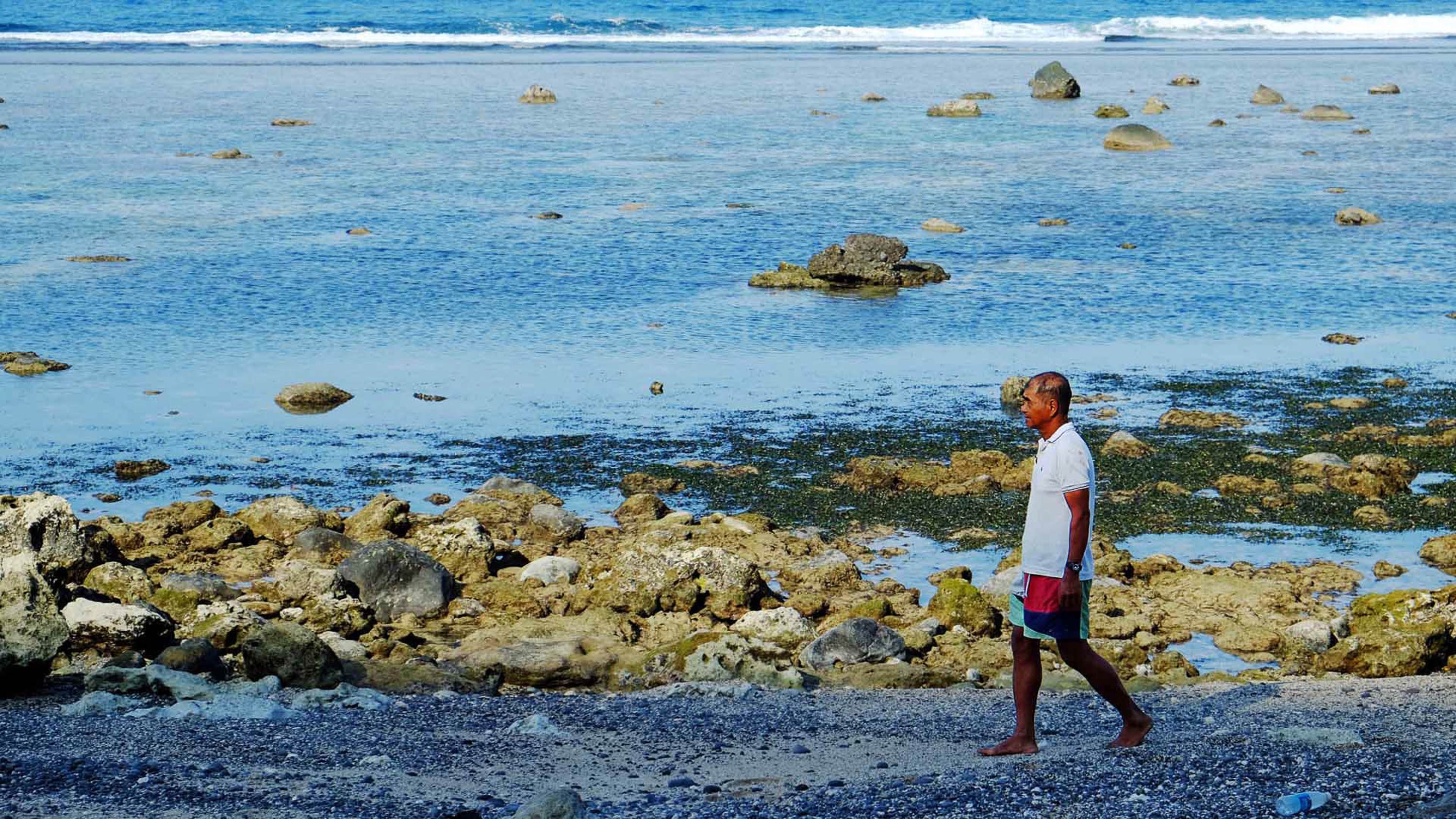
Fishing for arayu is only done between the months of April to May, opened by a time-honored ritual called the kapayvanuvanua. Among the Ivatans, it’s the ceremonial initiation of the fishing port to gain the favors of the sea’s entities.
Florentino Gallana is the village’s acknowledged shaman and the keeper of the tradition’s prayers and ritual procedures. Now in his 70s, Uncle Ernie, as he is called by everyone, has devoted his life to the preservation of the ritual.
The ceremonies begin with the offering of pig’s blood to the sea, carefully poured from a coco shell dripper on where the water meets the shore’s sand. Blood must not drip on the beach; otherwise it will make the sea swell throughout the season, as the belief goes.
While reciting his soft incantation, the leader pours the sacrificial blood along with other libations like the makanyas and mutin. Makanyas is a piece of copper also called “vuhawan nu anitu” or “the spirit’s gold,” while mutin is a rare aqua colored bead made of stone.
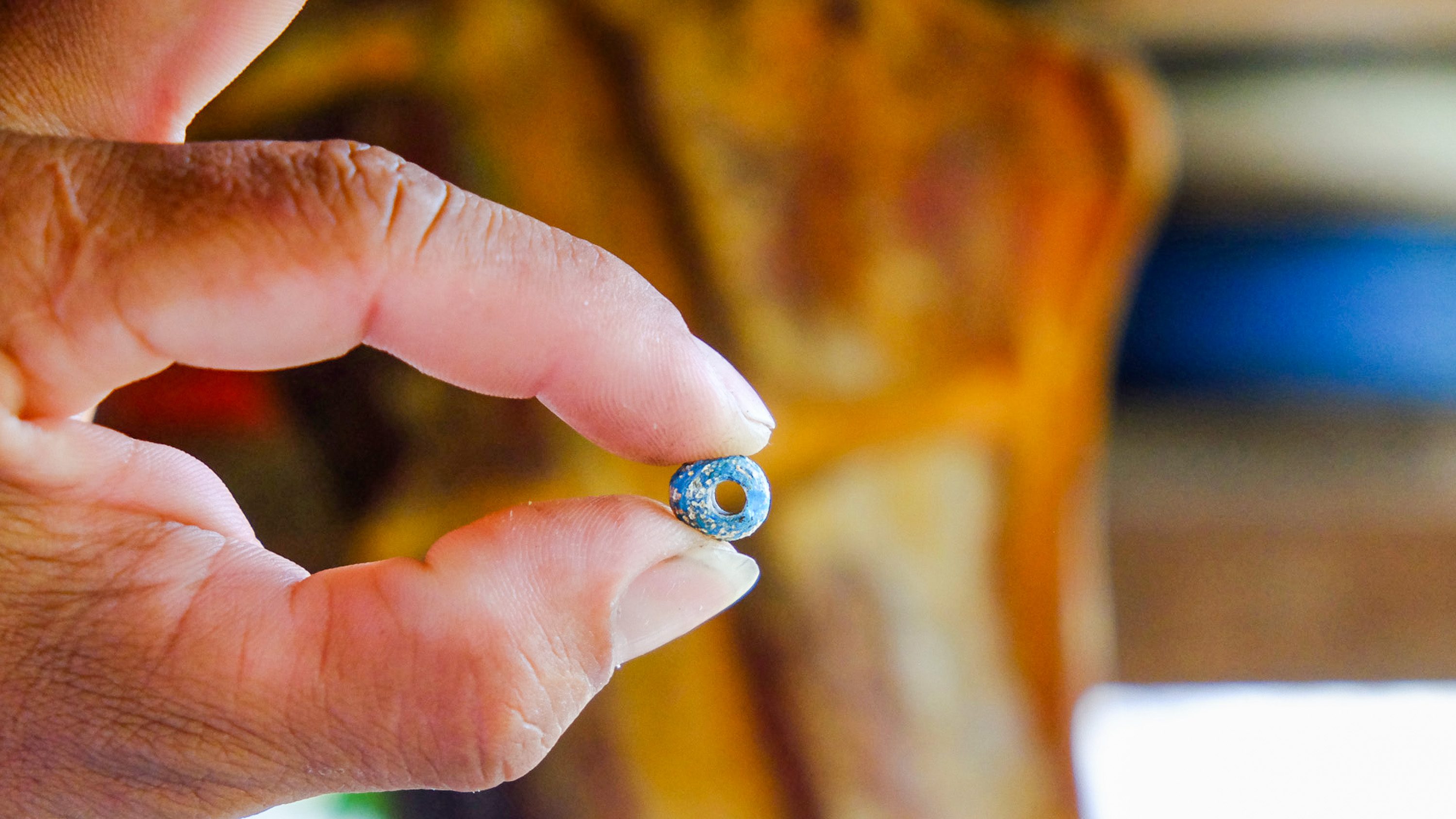
“Our forefathers taught us that doing the kapayvanuvanua will protect us at sea and will give us bountiful catch”, says Tatay Ernie. “The sea is ruled by unseen spirits and obtaining their permissions to get into their world so that man have something to eat is necessary.”
Once the pig has been cleaned, the pigments, color and condition of its liver, lungs and bile are then read by the shaman to determine their fate and abundance of the season.
Special breed of fishermen
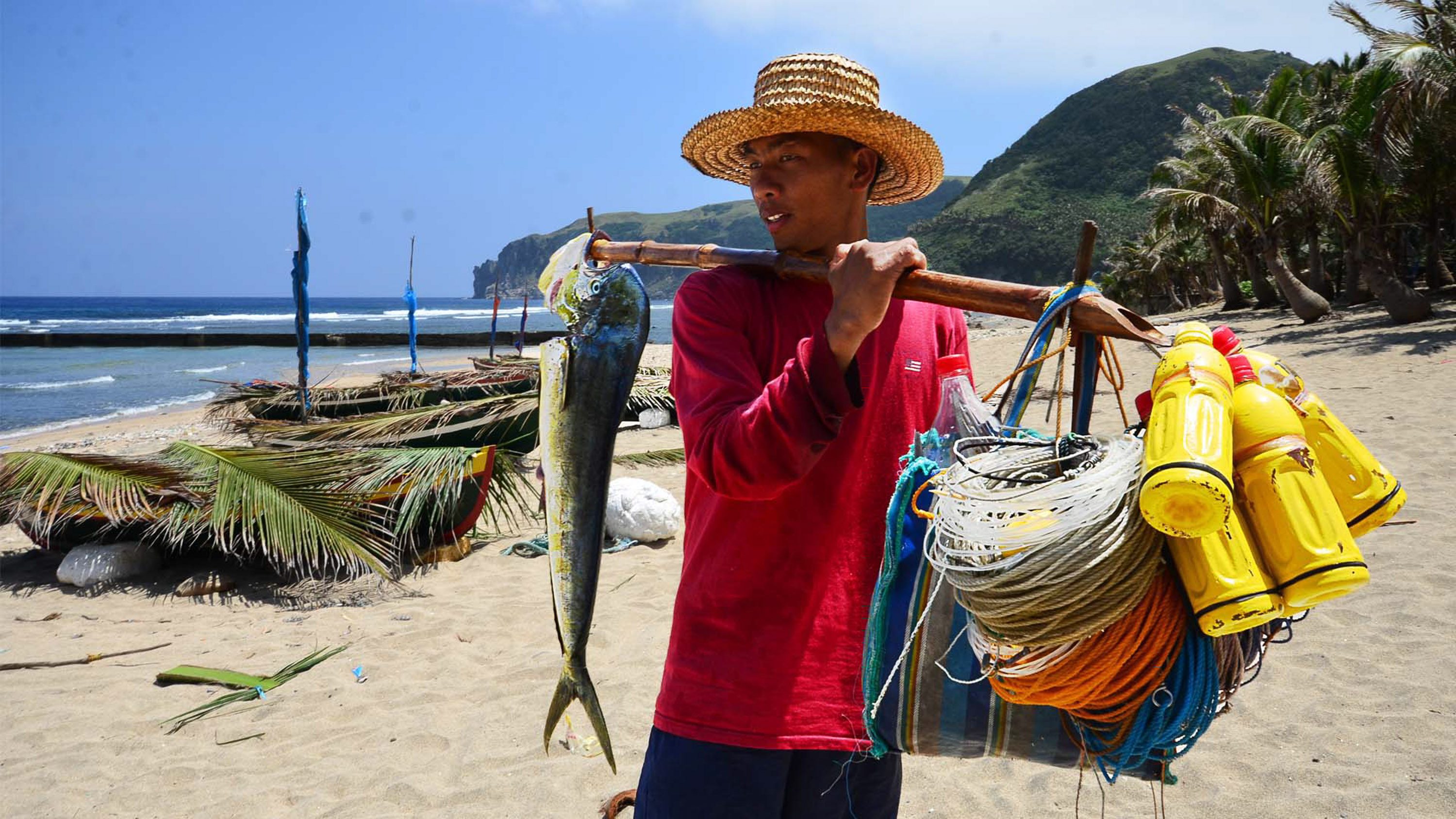
Felix Fabre or EF, as everyone knows him, is still in his late 20s but he now leads Diura’s esteemed breed of fishermen as the mandinaw nu vanua or the one who launches the port.
Also called manghawud, he is given the task of sailing ahead of everyone to check the sea’s condition. Whatever he experienced and caught will serve as a benchmark for how the season will turn out.
He also decides on the date of the kapangdeng, the second ceremony, when all of the fishermen or the mataw in the village will go out and harvest the arayu.
A day in a life of a mataw
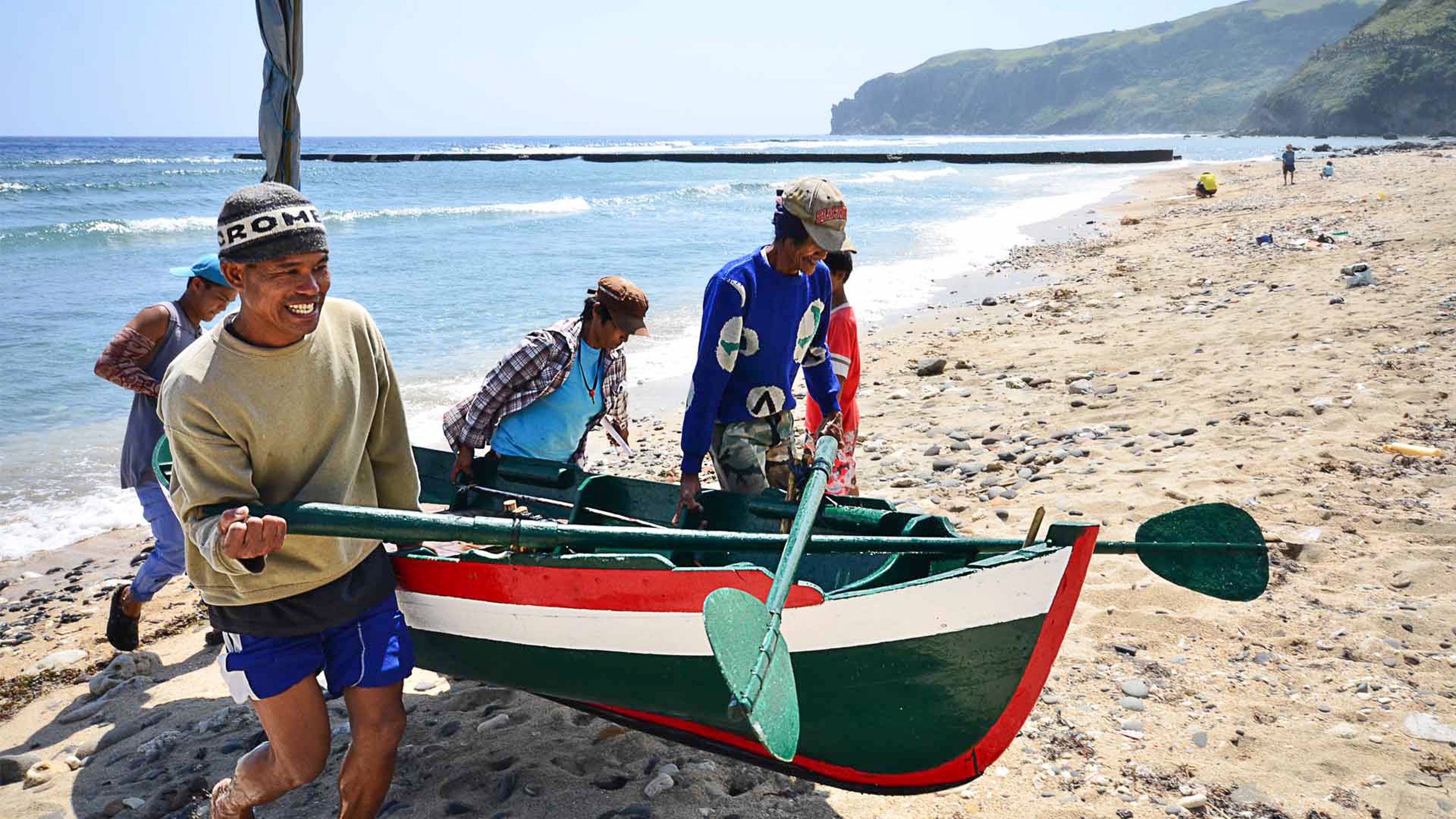
It was still 3 am but the village was already busy. With bloodshot eyes, I woke up to see how they prepare for the match at sea.
They begin by making the bait out of fresh shrimp. Minced and pounded, it is then skewered on the hooks as bait for the flying fish called by the Ivatans as dibang. They, in turn, become the draw for the arayu to eat.
One by one, the fishermen began pushing their small wooden boats to the sea. With their rowing skills, they rode the unbelievable swells and paddled among the flights of flying fishes.
In a separate boat, we were fighting a different battle – unbearable nausea! Just a few minutes on the sea, the sound of hurling was already competing with the banca’s engine.
Upon their return to the village, the arayu are immediately cleaned and salted. Since they have to wait until the season is over, they are preserved by being turned into dried fish.
Worth the wait
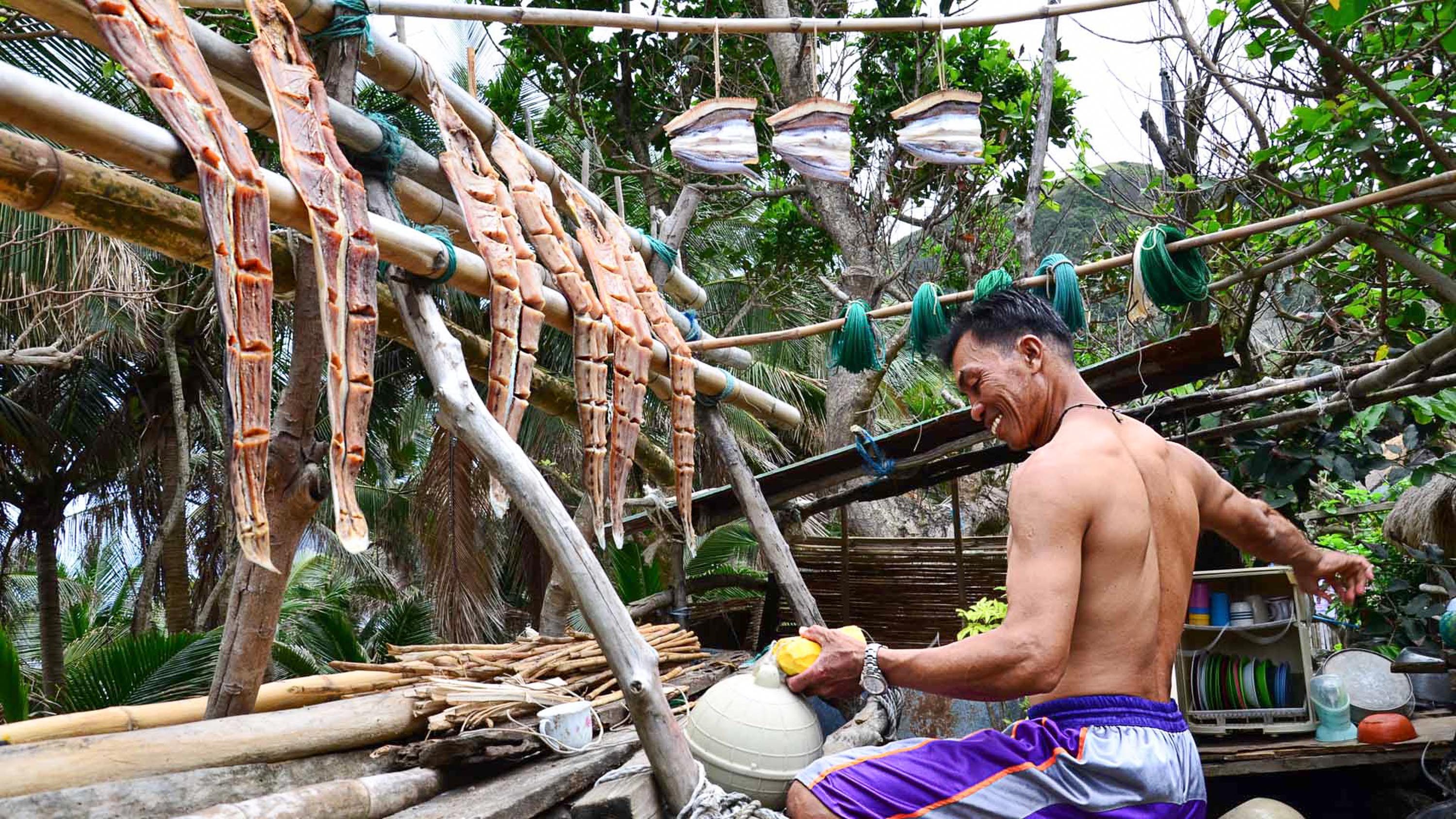
The mataws explained that the sea is moody. And if someone breaks the tradition, the rest of the season will be plagued with bad catch and accidents.
The closest thing you can have of it while the season is on is just the hathat or kinilaw made from the excess cuts during the filleting process. The meat is truly succulent, no wonder it is so sought out.
On May 15, the fishing season for the precious arayu ended. But before they go out to their commercial patrons, the shareholders are already appropriated. Local Ivatan consumers are also given priority and whatever is left is what goes out of Batanes.
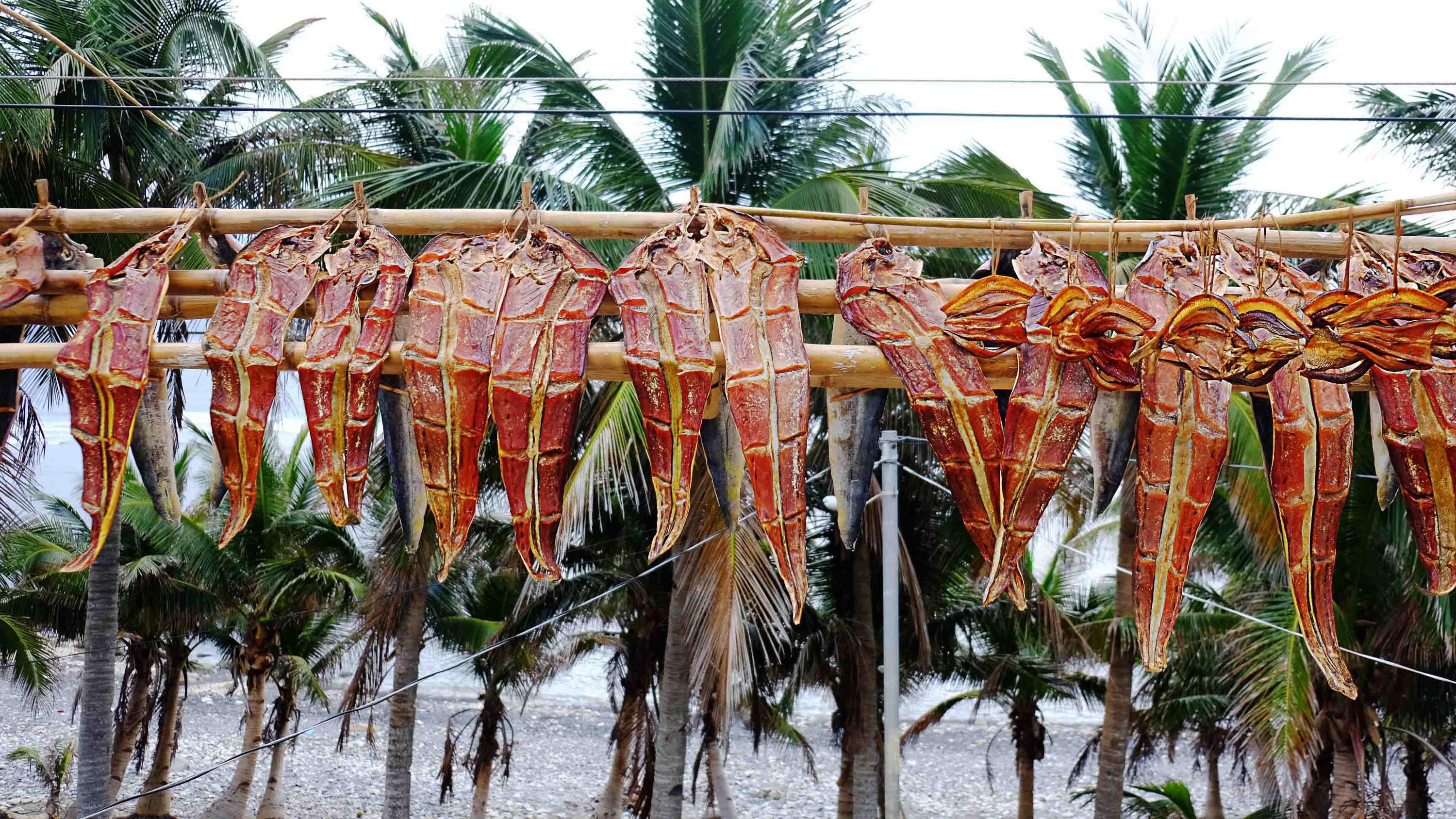
I wound down my last night in the village with Tatay Ernie and EF along with the rest of the mataws over gentle shots of gin. They said that what the spectators see is just a fraction of the whole ritual. Some traditions are kept among them. But I may be favored with a peek if I come back for next year’s fishing season. – Rappler.com
 Potpot has lived his life in polished suitcases and tattered backpacks. After having caught in a corporate blaze, he is now transitioning back into his flip-flop and beaded ankle journeys. He finds cultural festivals, indigenous art and quiet chats over coffee sensational. Potpot writes onTravel Trilogy and sometimes on in-flight magazines. Follow his adventures on Facebook and Instagram.
Potpot has lived his life in polished suitcases and tattered backpacks. After having caught in a corporate blaze, he is now transitioning back into his flip-flop and beaded ankle journeys. He finds cultural festivals, indigenous art and quiet chats over coffee sensational. Potpot writes onTravel Trilogy and sometimes on in-flight magazines. Follow his adventures on Facebook and Instagram.
Planning your Batanes vacation? More stories about Batanes on Rappler here:
- Budget guide: 5 days in Batanes
- ATV adventures: A new way to see Batanes
- Through the eyes of a first-timer: Batanes, the evergreen
- Attention, travelers: Wakay Air now flies to Batanes
Add a comment
How does this make you feel?
There are no comments yet. Add your comment to start the conversation.